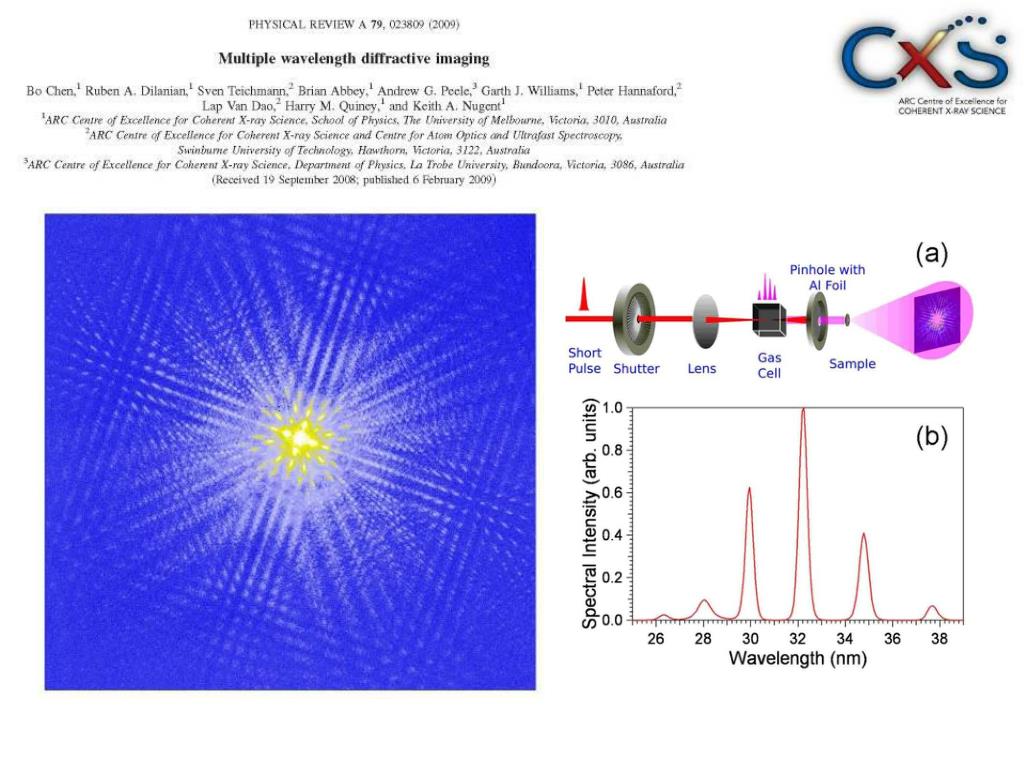

His lectures have been broadcast live over the Internet and electronically archived. He is author of X-Rays and Extreme Ultraviolet Radiation: Principles and Applications, (Cambridge University Press, 2017). He is a Fellow Member of the American Physical Society and the Optical Society of America, and is an International Fellow of the Japanese Society of Applied Physics (2016). At the contiguous Lawrence Berkeley National Laboratory, he was founding Director of the Center for X-Ray Optics (CXRO), and was first (1985-1988) Scientific Director of the Advanced Light Source (ALS). He and his students are active in the use of novel Fourier optics, image contrast techniques, and the development and use of coherent sources at these short wavelengths. Topics of particular interest include coherance at x-ray wavelengths, element specific nanoscale imaging, and EUV lithography. His research interests center on the use of short wavelength electromagnetic radiation, x-rays and extreme ultraviolet radiation in the 0.1-30 nm range. He has been faculty advisor for the undergraduate Engineering Physics program for 25 years. He was co-founder of the Applied Science and Technology Ph.D.

He has been a Professor in Residence at UC Berkeley since 1989. in Applied Physics from New York University in 1972. Overcoming this problem for the case of the very intense X-Ray beam produced by Kirkpatrick-Baez mirrors has been explored by using semi-transparent central stops.David Attwood received his Ph.D. Furthermore, the dynamic range of present detector technology being one of the major limiting factors of ptychographic phasing of farfield diffraction data has been significantly increased. On top of this, reciprocal space information from coherent small angle X-Ray scattering (cellular Nano-Diffraction) of the fine structure of the bacterial cells has been recorded in a synergistic manner and has been analysed down to a resolution of about 2.3/nm exceeding current limits of direct imaging approaches. In particular, the techniques Ptychography and Waveguide-Holographic-Imaging have been used to obtain twodimensional and three-dimensional mass density maps on the single-cell-level of freeze-dried cells of the bacteria Deinococcus radiodurans, Bacillus subtilis and Bacillus thuringiensis allowing, for instance, to estimate the dry weight of the bacterial genome in a near native state. In this work X-Ray phase contrast maps have been obtained from different biological samples by exploring different methods. For the case of many dominant elements of soft biological matter, the electron density can be converted into an effective mass density offering a unique quantitative information channel which may shed light on important questions such as DNA compaction in the bacterial nucleoid through ‚weighing with light‘. X-Ray phase contrast which is a measure of the electron density is an important contrast mode of soft biological specimens. The ability to directly invert diffraction data with the help of advanced algorithms has paved the way for microscopic investigations and wave-field analyses on the spatial scale of nanometres without the need for inefficient imaging lenses. Since its first experimental demonstration in 1999, Coherent X-Ray Diffractive Imaging has become one of the most promising high resolution X-Ray imaging techniques using coherent radiation produced by brilliant synchrotron storage rings.


 0 kommentar(er)
0 kommentar(er)
